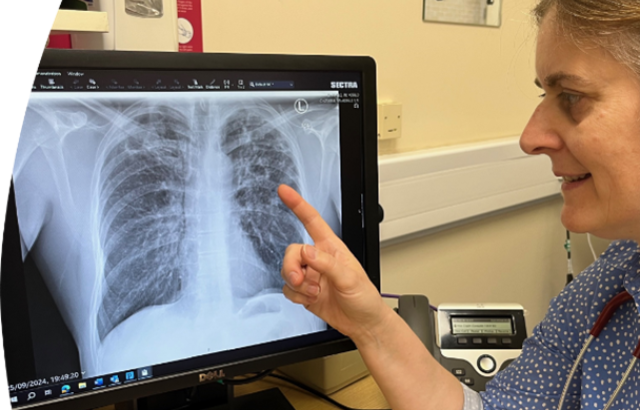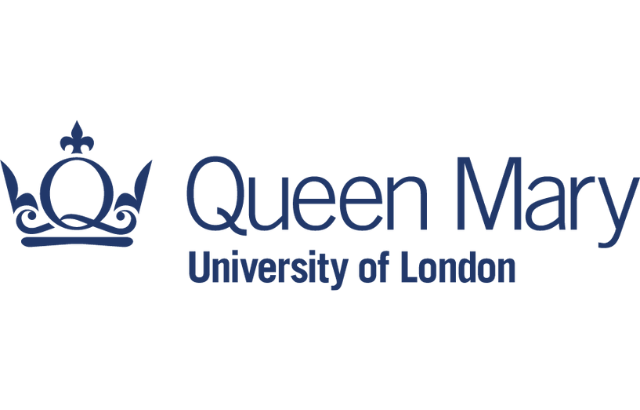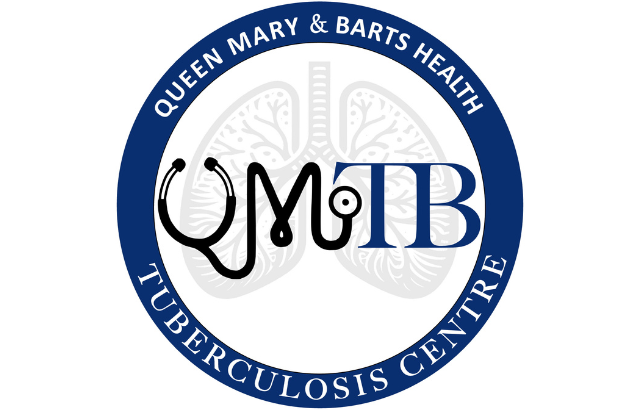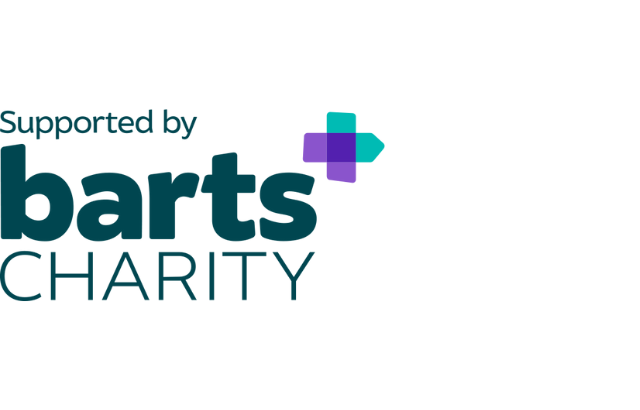TB Service Innovation
We are implementing three service innovations to enhance the quality and breadth of care offered to TB patients in east London.
Installation of negative pressure sputum induction tents in Barts Health out-patient clinics
 Currently, adult patients with suspected PTB who cannot expectorate spontaneously have to undergo bronchoscopy with bronchoalveolar lavage, which is sent for microscopy and culture in order to confirm or exclude TB. Bronchoscopy is an invasive procedure, which carries a risk of mechanical and systemic complications. It is frequently distressing for patients, who usually require sedation. It is also poses an infection risk to the operator, and must be conducted in a negative-pressure suite when TB is suspected. Sputum induction offers an alternative method of obtaining a sample from the lower airway in patients who cannot expectorate spontaneously. It involves inhalation of nebulised hypertonic saline, which increases osmotic pressure in the airways, drawing more water into the airway lumen to facilitate expectoration. This procedure is safer, less invasive and cheaper than bronchoscopy, and culture of induced sputum has equivalent sensitivity to culture of bronchoalveolar lavage fluid for the diagnosis of pulmonary TB (PTB) in patients who cannot expectorate spontaneously.
Currently, adult patients with suspected PTB who cannot expectorate spontaneously have to undergo bronchoscopy with bronchoalveolar lavage, which is sent for microscopy and culture in order to confirm or exclude TB. Bronchoscopy is an invasive procedure, which carries a risk of mechanical and systemic complications. It is frequently distressing for patients, who usually require sedation. It is also poses an infection risk to the operator, and must be conducted in a negative-pressure suite when TB is suspected. Sputum induction offers an alternative method of obtaining a sample from the lower airway in patients who cannot expectorate spontaneously. It involves inhalation of nebulised hypertonic saline, which increases osmotic pressure in the airways, drawing more water into the airway lumen to facilitate expectoration. This procedure is safer, less invasive and cheaper than bronchoscopy, and culture of induced sputum has equivalent sensitivity to culture of bronchoalveolar lavage fluid for the diagnosis of pulmonary TB (PTB) in patients who cannot expectorate spontaneously.
Because sputum induction results in generation of potentially infectious aerosols, it must be performed in a negative-pressure environment to protect health care staff from infection. Sputum induction ‘tents’ with purification of vented air with high efficiency particulate air (HEPA) filtration offer a cost-effective environment for sputum induction with a small footprint (1x1m) that avoids the need for costly building alterations to create a negative pressure room. In addition to enhancing our capacity to diagnose PTB quickly, access to sputum induction will allow collection of cellular samples from the lower airway for use in research into TB pathogenesis.
Installation of 4-module GeneXpert systems at Barts Health TB clinics
Current approaches to detection of Mtb in sputum rely on identification of bacilli by microscopy or culture: waiting for these results frequently introduces considerable diagnostic delay. The GeneXpert platform offers rapid (2-hour turnaround time) point-of-care detection of Mtb in sputum samples with molecular diagnosis of antimicrobial resistance. This platform supports the Xpert MTB/RIF family of assays, which are fully automated molecular diagnostic tests for TB that can simultaneously detect Mtb DNA and mutations associated with antimicrobial resistance directly from sputum specimens in less than 2 hours, potentially reducing delays in diagnosis and initiation of appropriate treatment, which is especially important in cases of multidrug-resistant TB. Xpert MTB/RIF assays are widely used in out-patient TB facilities in high TB burden settings. In the UK their use is largely restricted to hospital microbiology laboratories.
We are installing GeneXpert platforms in TB clinics at Barts Health to allow Xpert testing of sputum samples in our TB clinics to reduce turnaround time and delays to diagnosis and initiation of treatment.
Establishment of monthly post-TB follow-up clinics
Historically, the resource and attention of TB services has been focused primarily on diagnosis and successful completion of therapy. However, recent years have witnessed an increasing realisation that TB survivors (estimated to number ~155 million globally) are frequently left with significant sequelae of disease or its treatment after microbiological cure has been achieved. Up to half of PTB survivors have some form of post-TB lung disease (PTLD), impairing their exercise tolerance and quality of life. Among patients treated for spinal TB, just 44% are able to walk at 9-month follow-up,25 while 32% of patients treated for TB meningitis (TBM) have a residual physical disability and 90% have cognitive impairment. TB may also have lasting adverse impacts on mental health, with anxiety and depression both being common in TB survivors. Residual adverse effects of anti-TB treatment are also common, particularly among those with MDR-TB who are treated with second-line therapies which may be neurotoxic, nephrotoxic, ototoxic or cardiotoxic. These long-term complications take a significant toll on TB survivors’ quality of life, but no formal or systematic approach to their monitoring has been provided, leading to a situation where post-TB care is often patchy and fragmented. Multi-disciplinary working groups have concluded that programmatic interventions are needed to optimise long-term health among TB survivors.
We are therefore introducing monthly post-TB clinics to alleviate the burden of post-TB morbidity and provide a single service to ensure continuity of care from TB to post-TB with the same team. The clinic will provide input from a multi-disciplinary team comprising a TB physician, a neurologist, a neurosurgeon, a psychologist and a physiotherapist.


